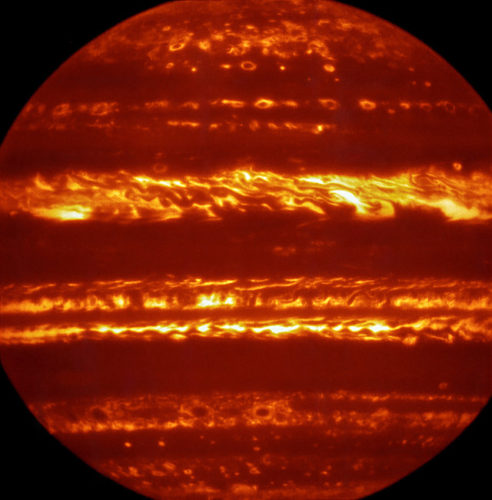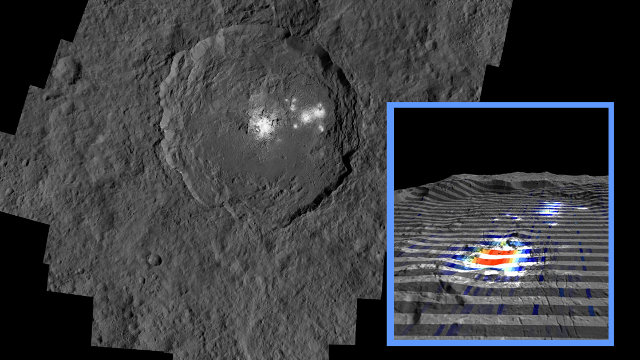
Jupiter seen at infrareds
At the UK’s Royal Astronomical Society’s National Astronomy Meeting being held in Nottingham new images of the planet Jupiter were presented, obtained with the infrared VISIR instrument installed on ESO’s VLT. They will help better understand Jupiter’s atmosphere on the occasion of the arrival of NASA’s Juno space probe, scheduled for July 4, 2016.


